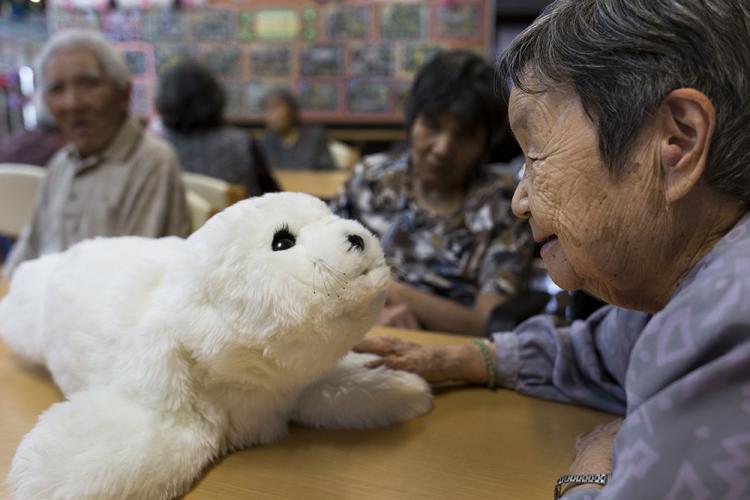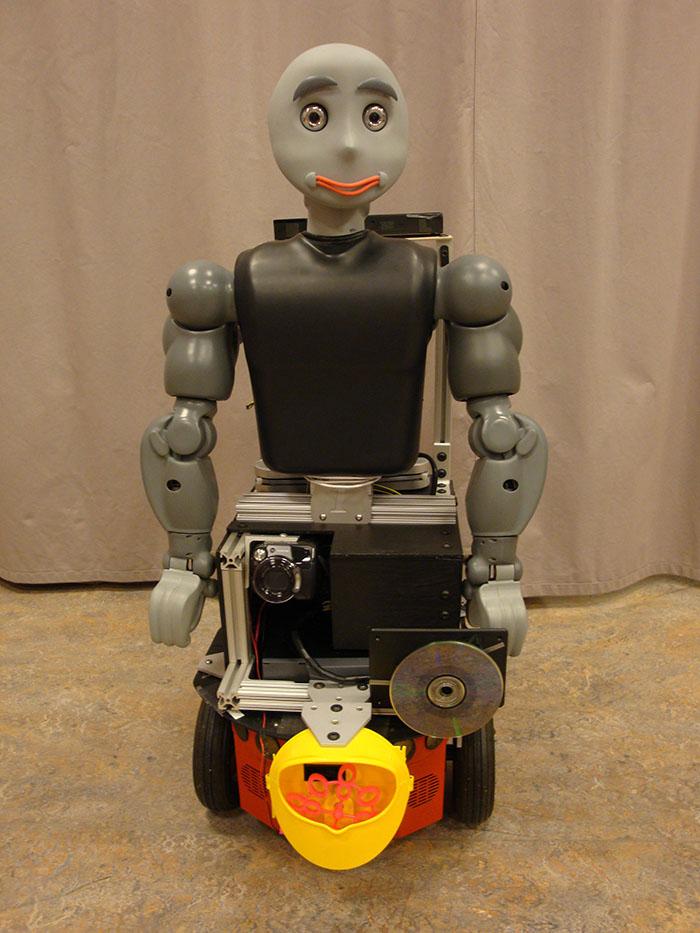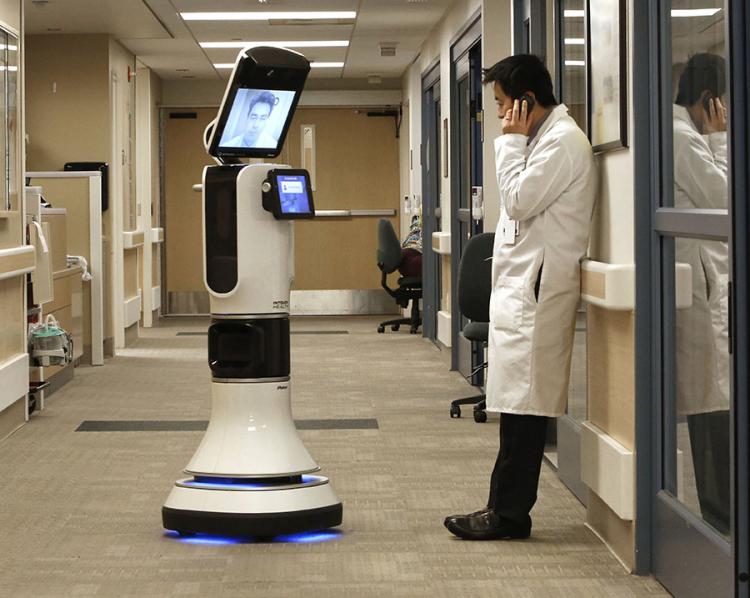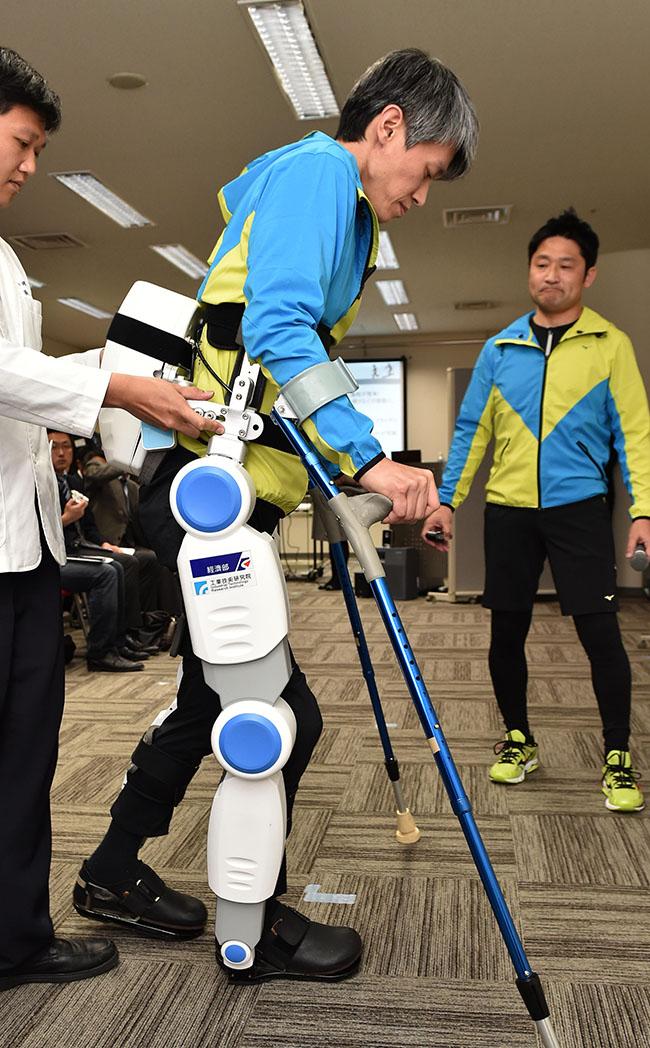Companions for the elderly

Paro, the robotic seal, is used in care facilities as an “animal” companion for patients with dementia.
CREDIT: MONTONARI TAGAWA
Robots could offer older people everything from companionship to health monitoring to assistance with walking. People talk to robots and even miss them when they’re not around. Some are concerned, however, that robots might take over human healthcare jobs, cause accidents or reduce person-to-person contacts.
Social skills for kids with autism

Armed with bubbles and music, “Bandit” plays with children in autism studies.
CREDIT: DAVID FEIL-SEIFFER
People with autism have difficulty interacting with other humans. Might a robot with simpler, more predictable behaviors help with the development and practice of social skills? While there’s lots of interest in this kind of robot, studies so far have been small, and yielded mixed results.
Remote-control helpers in the hospital

Telepresence robots allow doctors to talk remotely with patients, and consult with a broader range of experts.
CREDIT: RICH PEDRONCELLI/AP PHOTO
Telerobots are controlled by a human who isn’t present in person, such as a doctor performing rounds from afar. Hospital patients seem to like robots’ attentions just as much as in-person visits. Telerobots can also allow sick children to still attend school remotely, keeping up with the class academically and socially.
Exercise coaches after stroke

Wearable robots can help people with movement impairments to exercise.
CREDIT: NATSUKI SAKAI/AFLO/ALAMY LIVE NEWS
Wearable robots can help people who’ve had a stroke to exercise, improving their walking and hand and arm movements. While the robots are not meant to be social, researchers find that people are more likely to use one if it matches their personality — a quiet, nurturing robot for an introverted patient, for example.
Robo-teachers
Building robots in the classroom can encourage children’s technical skills and interests. Robots can also play the role of peer or teacher, encouraging or instructing students, for example in foreign-language study. One preliminary study suggested that humanoid robots boosted motivation, community and self-expression in low-income students.
Consumer guides

The humanoid “Pepper” is a bot designed to greet and direct customers.
CREDIT: CHENG-EN CHENG/WIKIMEDIA COMMONS
People like robots in malls and museums. In one study, more than 90 percent of shoppers wanted to see the robot again. In another, shoppers tended to perceive a bot as a “mascot” for the shopping center. Many even preferred the robot to a human. The reason? Robots don’t seem to judge; they treat everyone the same.
—Amber Dance




